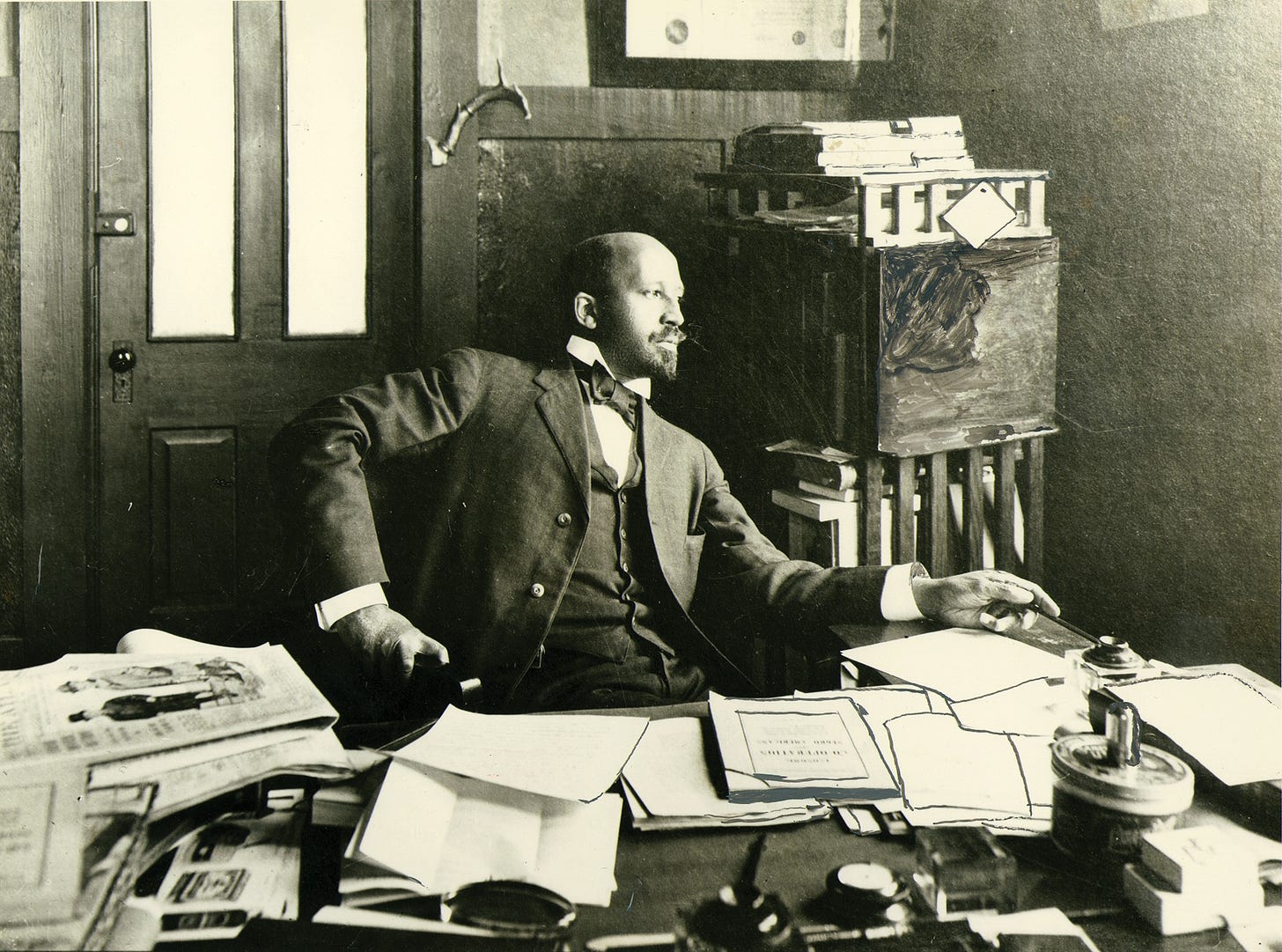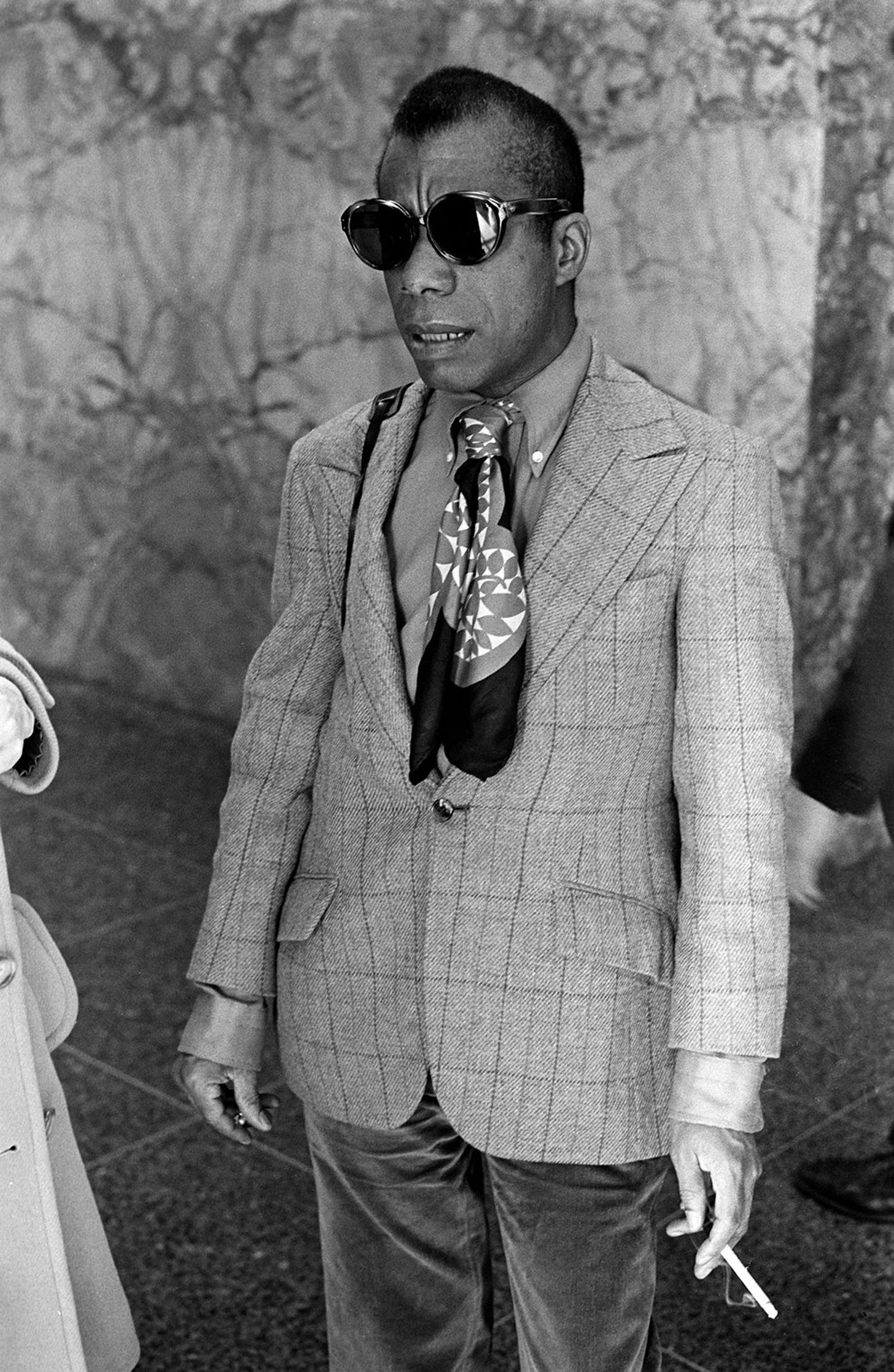A crisp lapel. Polished leather shoes that catch the light. A gaze that meets the world without apology. For the Black dandy, style has never been just about adornment. It has been armor, language, and liberation stitched into cloth.
Across centuries, Black men have mastered the art of dressing not simply to impress, but to declare: I exist. I command. I define myself.
As we continue our countdown to the 2025 Met Gala and its groundbreaking theme “Superfine: Tailoring Black Style,” it’s only right we turn our attention to the figure at its heart: the dandy. The exhibition, inspired by Monica L. Miller’s 2009 book Slaves to Fashion: Black Dandyism and the Styling of Black Diasporic Identity, considers how Black men have used style to challenge how the world sees them. And not just on red carpets or on runways, but in living rooms, lecture halls, protest marches, and nightclub stages.
To understand the power of Superfine is to understand the long legacy of dressing with defiance — and the dandy who walked that path before the world was watching.
So, who is the dandy? Where did this figure emerge, and how has he become a symbol of elegance, defiance, and self-definition in Black culture?
Dandyism as Resistance
Dandyism first took shape in 18th- and 19th-century Europe, where figures like Beau Brummell championed a lifestyle rooted in elegance, refinement, and sartorial precision. But in the hands of Black men — many of whom were barred from wealth, power, and public respect — dandyism transformed into something far more radical.
In post-emancipation America, dressing well was a political act. It was a rebuttal to caricatures and stereotypes. It was a refusal to be unseen. And during colonial rule in Africa and the Caribbean, European tailoring, adopted and often reinvented, became a coded language of rebellion.
For Black men, to dress with intention was to resist invisibility. It was to rewrite the narrative — one pleat, one polished shoe, one pocket square at a time.
The Men Who Tailored Their Power
W.E.B. Du Bois: Theory in Tailored Form

One of the earliest and most influential Black dandies in American history, W.E.B. Du Bois understood the power of appearance as deeply as he understood politics and prose. In an America that consistently distorted Black manhood, Du Bois crafted his image with exacting care: crisp gloves, walking sticks, finely tailored coats, and a well-groomed beard.
It wasn’t just what he wore, it was how he wore it. Du Bois reportedly traveled to Paris and London for custom-made suits, dressing not only with dignity but with global intention.
In his 1903 book The Souls of Black Folk, Du Bois introduced the concept of “double consciousness”— the internal struggle of Black identity under white gaze. His wardrobe embodied that tension. Every pinstripe was a rebuttal. Every accessory was evidence of intellect, dignity, and depth. He used clothing to speak with authority long before opening his mouth.
Frederick Douglass: Dignity as Dress Code

Born into slavery, Frederick Douglass escaped bondage and rose to become one of the most powerful voices of abolition. But his message certainly didn’t stop at the podium; it extended into his wardrobe.
Douglass understood the importance of image. He was the most photographed American of the 19th century, using portraits as a tool of resistance. In every photo, he appears impeccably dressed: pressed suits, starched collars, a piercing stare. His style was strategic. He knew that to be seen as dignified, respectable, and human, he had to look the part in a society determined to deny him that visibility.
Visual presentation, for Douglass, was its own form of oratory. Every outfit was a form of protest.
James Baldwin: Sharp Dress, Sharper Mind

In addition to crafting searing essays and novels, James Baldwin also crafted an image.
Tailored blazers, oversized sunglasses, a cigarette burning like punctuation at the end of a thought…Baldwin understood that presentation was its own kind of politics.
Living as a Black, gay man in mid-20th century America and France, James Baldwin wore his truth with the same precision he used to wield language. His clothing (whether a sharp suit or a casually draped jacket) projected both confrontation and contemplation. In a world eager to diminish him, Baldwin’s style insisted: I see the world clearly, and I will be seen clearly in return.
His fashion was ontology, not ornament. His clothing carried layers of subtext; dressing, for Baldwin, was an extension of thought itself.
André Leon Talley: The Editor as Icon

The late fashion titan was never quiet in a room (or in a robe). André Leon Talley made volume his signature, cloaking himself in sweeping capes, rich textures, and high collars that challenged Eurocentric minimalism with unabashed grandeur. He didn’t just critique fashion; he embodied its drama.
From his early days under Diana Vreeland to becoming Vogue’s first African-American creative director from 1988 to 1995, Talley used his presence, and his wardrobe, to demand space in an industry that didn’t always want to give it.
And many others…
Why Dandyism Still Matters
In Superfine: Tailoring Black Style, dandyism is more than a trend. It’s a through-line across generations connecting past to present, struggle to triumph. The exhibit is structured into 12 characteristics that define the dandy. Each speaks to how fashion isn’t just worn, it’s wielded.
In the wake of the Black Lives Matter movement, the Costume Institute began reckoning with the gaps in American fashion history, particularly the stories long left out. Since 2020, the museum has acquired over 150 pieces by BIPOC designers, a quiet but powerful shift in what narratives are preserved and presented. Some of those pieces now appear in the Superfine exhibition, threading contemporary designers into a legacy of tailored resistance.
As Monica L. Miller so powerfully argues, Black style has always been about shifting perception. The dandy has done this best by dressing with the knowledge that appearance isn’t everything, but it changes everything.
The Black dandy is more than a fashion icon. He is a testament to resilience, creativity, and the enduring power of self-definition. As we approach the Met Gala, we honor this legacy and look forward to the stories yet to be told through style.
Stay tuned to Fashion Talk as we continue our exploration of Black dandyism leading up to the Met Gala.
Poll of the Day:
If you’re enjoying our articles, send a matcha our way. 🍵 It’s my favorite drink and now a sweet way to support Fashion Talk—a free platform made with love and intention. To those who already have: your taste is impeccable.
— Amarissa ♡
connect with us: instagram → pinterest → twitter → bluesky







